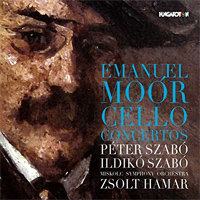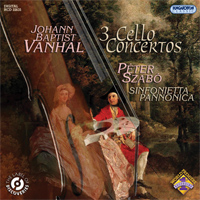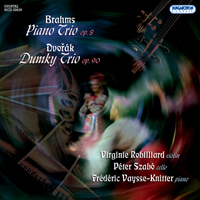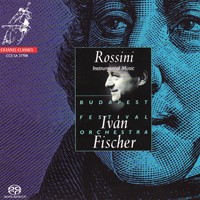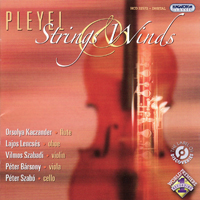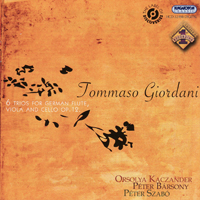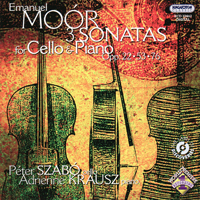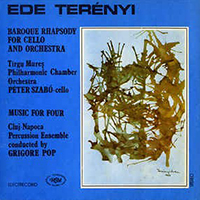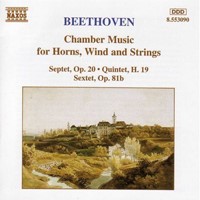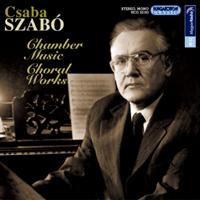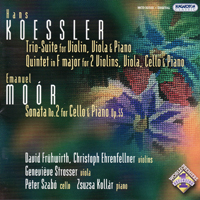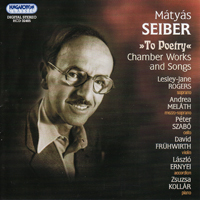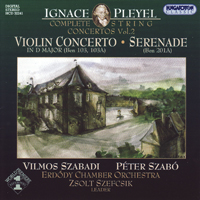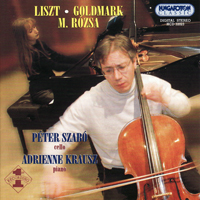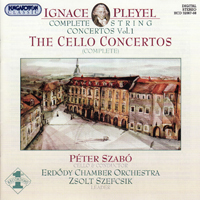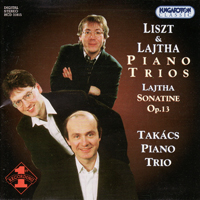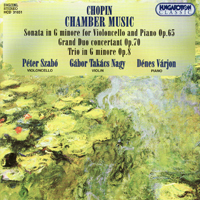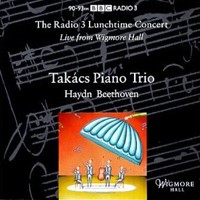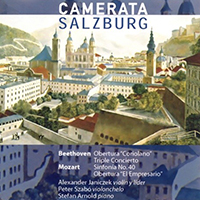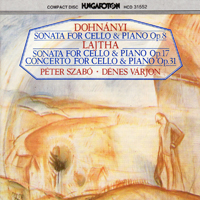The Near Past of the Hungarian Flute
It is always enjoyable to discover new repertoire for my instrument, and this disc is mostly new to me, containing flute music written in Hungary in the second half of the twentieth century.
János Decsényi’s Sonatinapastorale is the first of the works, falling into three short movements which, as the title suggests, have a distinctly pastoral feel. This piece is of moderate difficulty and the simple lines flow well between the flute and piano. In traditional fast-slow-fast format, the sprightly and cheerful folk-influenced final movement is particularly enjoyable.
Mátyás Seiber is one of the better known composers on this disc, and I first encountered his music as a recorder player many years ago. His harmonic language is more modernist than Decsényi’s, and this Pastorale and Burlesque seems to contain influences of both his former teacher Kodály and a range of styles heard during his international travels - he lived in both Germany and London. Originally composed for flute and strings, the recording here is of a version made by the composer for flute and piano. The music has a strong character, particularly the Burlesque, which is light-hearted and energetic.
György Kósa’s Notturno is a following melodic work containing sections for alto flute and piccolo, providing darker and brighter sounds for contrast. This is a piece with a sorrowful feel, its contemplative lines twisting and floating over a low and heavy piano part. This relatively long work is ominous yet with some beautifully expressive lines, keeping the direction and momentum going through to the final notes.
Csaba Szabó’s Sonata con ritmo di ballo is the most substantial work on the disc, lasting almost twenty minutes in total. From the opening bars it bursts full of rhythmic energy, and the harmonic language is very different from the others on this disc, combining neo-classical structural and rhythmic ideas with twelve-tone influenced melodic constructs. The opening movement features strong dotted-rhythm motifs and relentless energy. By contrast, the central movement is more flowing, although the sense of aggression remains, with dissonant harmonies in the piano and dramatic leaps in the flute line. The movement gives way to a toccata-like section, with enticing dissonances and angular lines. The final movement features some exhilarating rhythmic energy, with the flute soaring above piano ostinati. The two instruments share some of the melodic material through imitation and linking of lines, and the textural variety maintains the work’s sense of development and determination.
Endre Szervánsky’s Sonatina is a pedagogical piece, composed for the students of Zoltán Jeney. This is a melodic work which has a cheerful opening movement, sonorous central movement and a fast paced folk-influenced finale. Although technically simple, this is a charming piece which has much to offer. From a more modern time, when the rigorous demands of the Communist regime were somewhat more relaxed, Kamillo Lendvay’s Quattro duetti of 1965 gives, as the sleeve-notes state, a “rough idea of un-ideological and atonal but “nevertheless” comprehensible modern music as it was conceived by the powers that be of the time”. These four modernist pieces are well conceived and contrast well with each other. The pieces are expressive, dramatic and demonstrative of the varied capabilities of the flute and piano.
The Meditazione by Ferenc Farkas is a short and expressive melodic work, which is charming and well constructed, with a simplicity that is well-placed after the modernism of Lendvay. The final work on the disc, Pál Járdányi’s Sonatina is a short educational piece, which is perhaps best known by a British audience through its inclusion on the Associated Board’s exam syllabus. This is enjoyable writing and contains folk influences, a nostalgic central movement and a rhythmically biting finale.
Zoltán Gyöngyössy and Zsuzsa Kollár form an excellent duo and play well together to give a good representation of the music of their native country. Their playing is passionate, expressive and dramatic as the music demands. This disc provides a fascinating insight into Hungarian flute repertoire.
Carla Rees
Source: www.musicweb-international.com
MusicWeb International
November 2009


